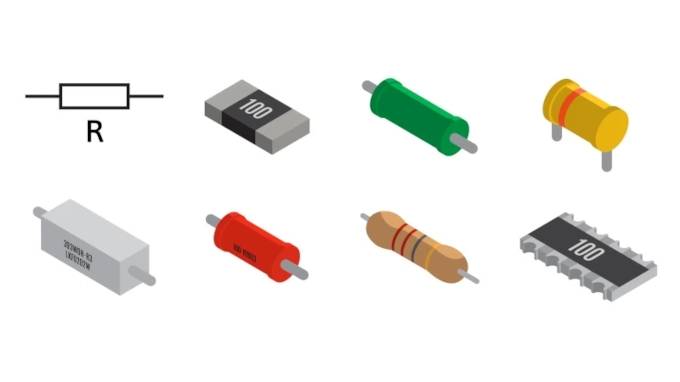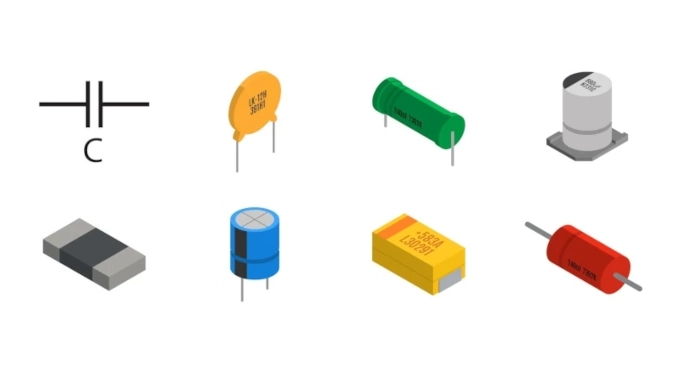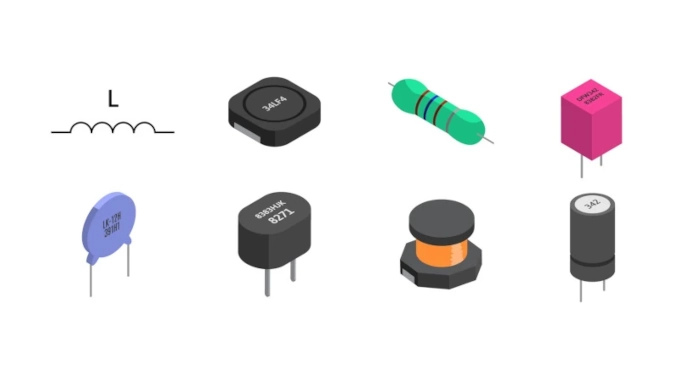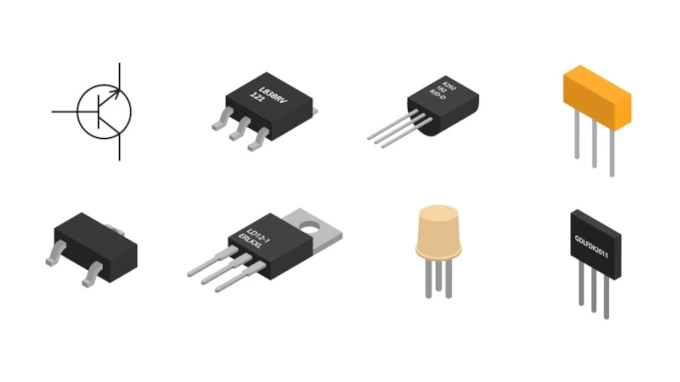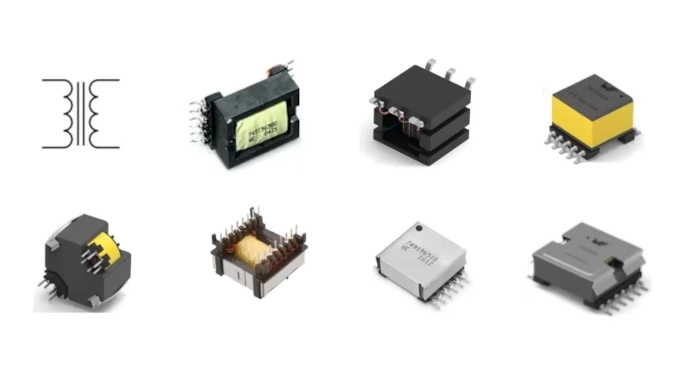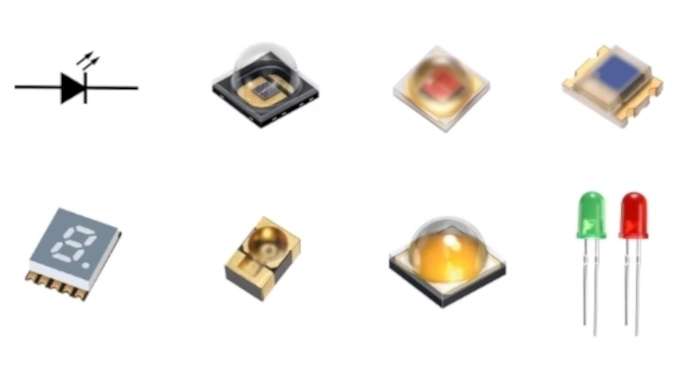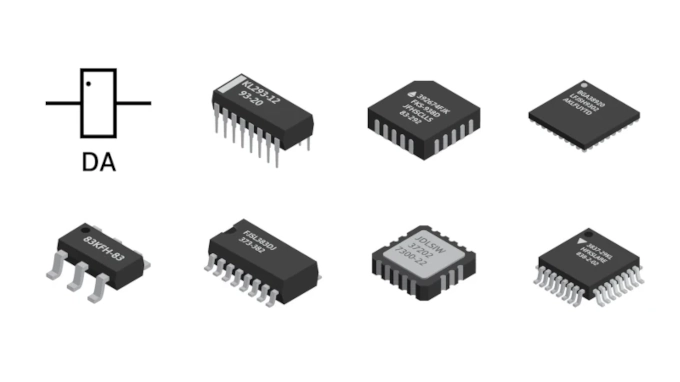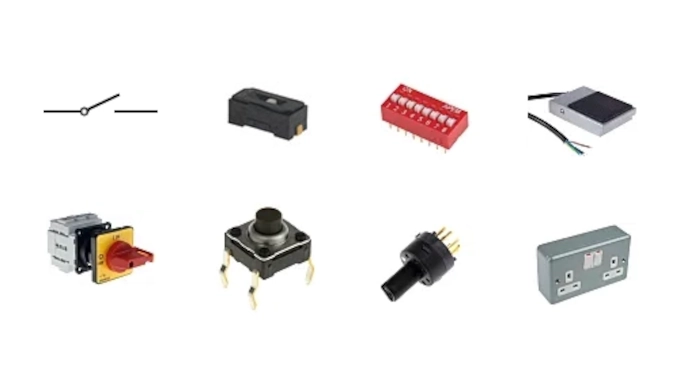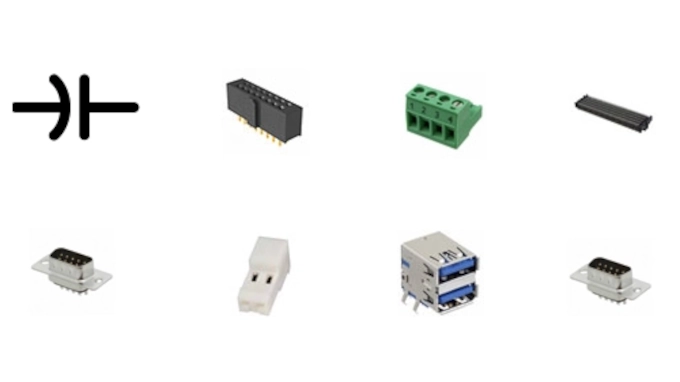Home > Parts Procurement > Electromechanical
Capacitors store electrical charge on parallel electrode plates, with their capacity influenced by plate proximity and the dielectric constant between them. Even conventional epoxy glass laminates have some capacitance, with dielectric constants (Dk) of around 4. To increase Dk, materials like barium-titanate can be added, reaching 10–20 Dk. For higher capacitance, ceramics or inorganic compositions are used, achieving Dk values of 100–2000. These advanced materials enable large-value capacitors embedded in circuit board layers, essential for applications like decoupling. Unlike batteries, capacitors do not store energy chemically but rely on electric field-based charge storage.
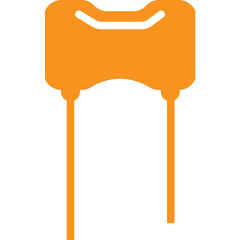
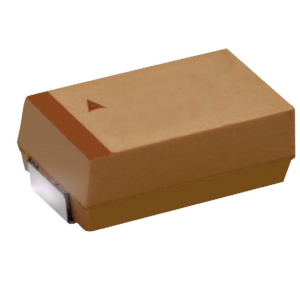
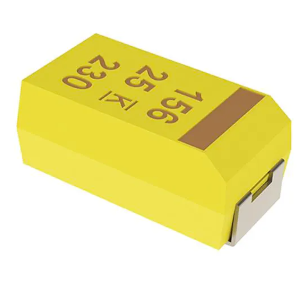
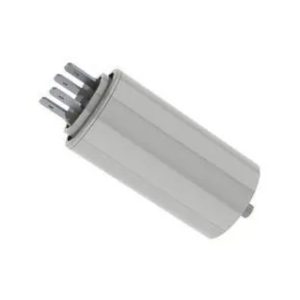
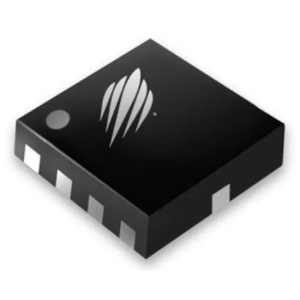
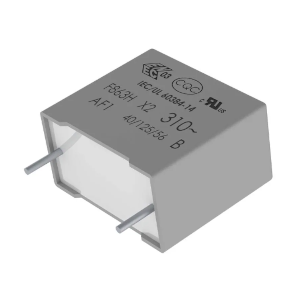
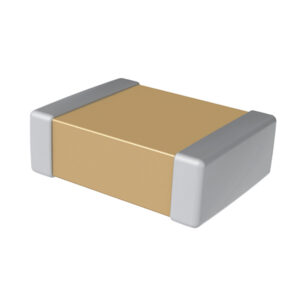
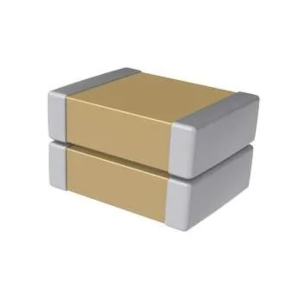
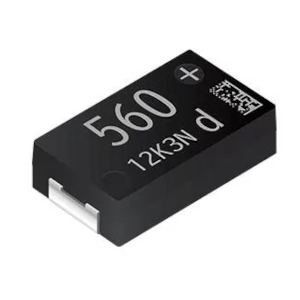
Silicon RF Capacitors Thin Film are miniaturized electronic components that employ silicon technology to offer high-frequency performance in radio frequency (RF) applications.
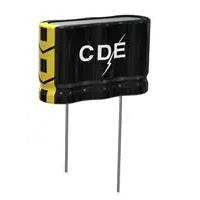
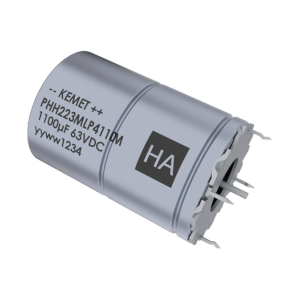






























XPC, FR-1, FR-2 are flame-retardant phenolic materials that are also highly punchable, they have excellent electrical, heat-resistant, moisture-resistant, flame-resistant and other properties as well as low cost. FR-3 is epoxy Copper Clad Laminate, it is flame retardant with high electrical properties.
CEM-1, which is a composite of paper and glass impregnated with epoxy resin, is the most popular substrate for SSBs. While not as low cost as XPC-FR or FR-2, CEM-1 has gained popularity because of its mechanical strength and also because of the relative unavailability of paper phenolic laminates.
CEM-3 is similar to FR4, but uses a composite material of a non-woven glass core and a woven glass surface instead of a full sheet of woven glass. It’s a flame retardant epoxy resin, copper-clad glass material, commonly used in double-sided PCBs.
“FR” is the abbreviation of flame retardant. As the board runs on electricity, it should be heat resistant. FR4 has much better heat resistance than FR1 and XPC due to the different composition of the layers.
